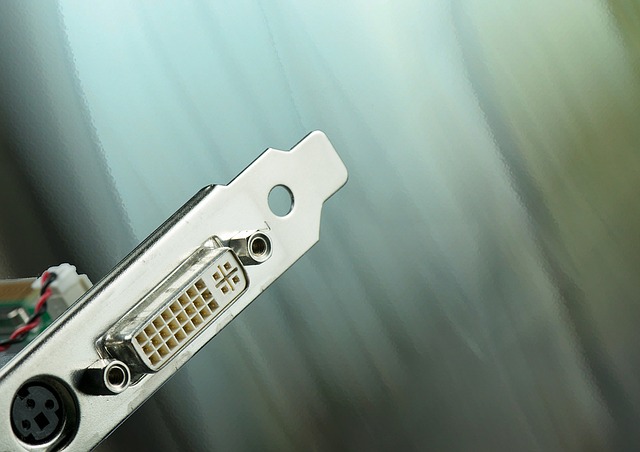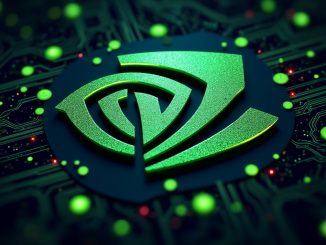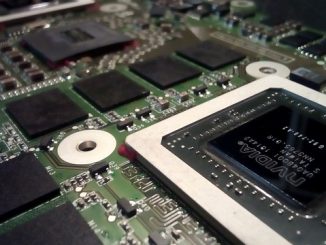
The CEO being referred to is NVIDIA (NASDAQ:NVDA) co-founder Jensen Huang, and he verbalized his insights on Moore’s Law (and life after it) during the recently concluded Computex 2017 event held in Taipei.
Moore’s Law, named after Intel co-founder Gordon Moore, is based on Moore’s observation that because the size of transistors was shrinking so rapidly, the number of transistors that could fit per square inch on integrated circuits seemed to double every year since they were invented.
Moore’s prediction is that such trend will continue into the future. And although the pace may have slowed down, the number of transistors that could fit per square inch did continue to increase, doubling not every year but after every 18 months instead. With this exponential growth, computers became twice as powerful, benefiting not just the consumers but the device manufacturers as well.
This went on for awhile (as predicted). But logic also dictated that sooner or later, physical limitations were bound to enter the picture, and growth would not just slacken but could possibly stop altogether. Right now, it seems we’re already in that state.
As Huang told analysts and reporters at the Computex event: “Microprocessors no longer scale at the level of performance they used to — the end of what you would call Moore’s Law. Semiconductor physics prevents us from taking Dennard scaling any further.”
Dennard scaling — named after Robert H. Dennard who co-authored the concept — states that even while transistors become smaller, power density remains constant such that power consumption remains proportional with its area.
The combined effects of Moore’s Law and Dennard scaling has affected the semiconductor industry in such a way that only the few who can afford multibillion dollar financing could continue to go forward and push the technology further. And because there aren’t many who fit into this category, mergers and acquisitions will become a necessary solution to keep technology advancement from stagnating.
On NVIDIA’s end, Huang assures that their venture into artificial intelligence and deep learning will keep them ahead even with the death of Moore’s Law. And it’s not by making more powerful machines, but by developing smarter machines.
That’s not to say, though, that NVIDIA will stop making their GPUs more powerful. On the contrary, as GPUs can now be considered as the core of the AI universe, NVIDIA has recently unveiled a GPU-accelerated cloud platform that’s built specifically to develop deep learning models and algorithms on GPUs.
Moore’s Law may be dead. But according to Huang, the performance of GPUs will continue to improve, not through the increased power of transistors, but through new GPU architectures. He also says that by 2025, GPUs will perform 1,000 times better. And that is definitely something to look forward to. Even with the death of Moore’s Law.



Leave a Reply